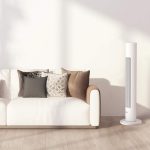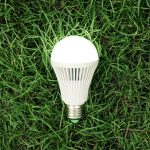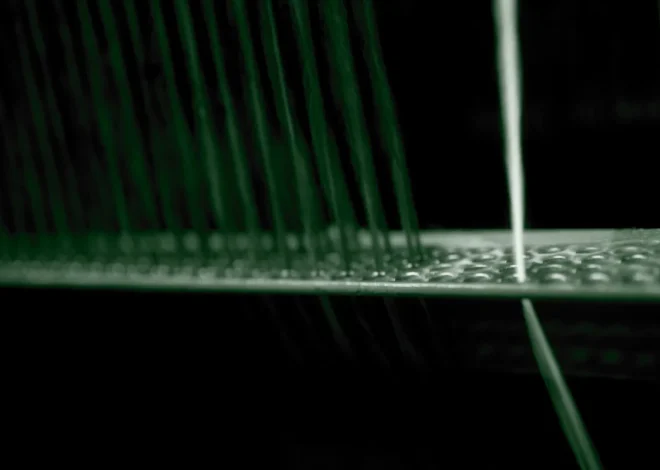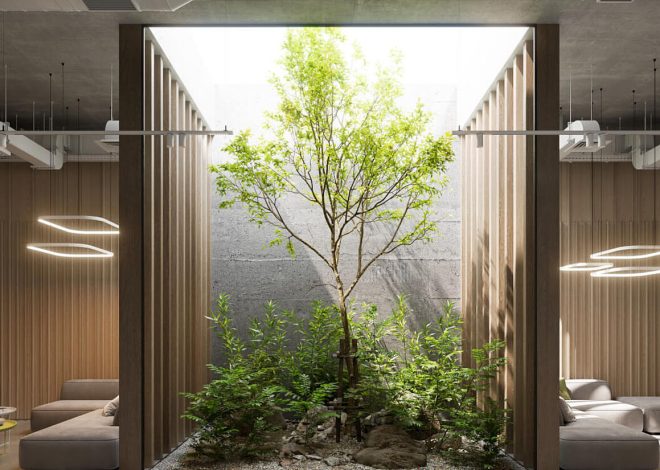How to Select Sustainable Lighting for Your Eco-Friendly Home

Choosing sustainable lighting is an excellent way to reduce your carbon footprint and cut energy expenses. Energy-efficient lighting delivers the same level of brightness while consuming less power. With increasing environmental awareness, more homeowners are turning to eco-friendly lighting solutions. Whether you’re building a new house or upgrading your current one, sustainable lighting can have a meaningful impact. This guide will help you understand different bulb types, energy consumption, and essential considerations to light your home responsibly, saving both energy and money.
Types of Sustainable Lighting Options
There are various energy-saving lighting alternatives that help reduce waste and lower electricity use.
- LED Lights: The most energy-efficient choice available, LEDs consume up to 90% less power than traditional bulbs and have a much longer lifespan, making them a smart, environmentally friendly investment.
- CFL (Compact Fluorescent Lamps): These bulbs use about 70% less energy than incandescent bulbs but contain small amounts of mercury, requiring careful disposal. While less popular than LEDs, they offer a good balance between efficiency and longevity.
- Halogen Incandescent: A middle ground option providing brighter light with better energy efficiency than traditional incandescents, but still less efficient than LEDs or CFLs.
- Solar Lighting: Ideal for outdoor spaces, solar lights charge during the day using sunlight and illuminate areas at night without electricity. Perfect for gardens, patios, and driveways, solar lighting is especially beneficial if you’re relocating internationally, as it offers easy adaptability.
Understanding Energy Consumption
To select sustainable lighting, it’s important to know how energy use affects both the environment and your electricity bill. Bulb wattage indicates energy consumption, while lumens measure brightness. Aim for lighting that provides sufficient brightness at a lower wattage.
Consider how light intensity fits each room’s needs. For example, dimmable LEDs allow brightness adjustments, reducing energy use when full light isn’t necessary—ideal for living rooms and bedrooms.
Additionally, smart bulbs or automated lighting systems can further minimize energy waste by using timers or motion sensors to control when lights are on, significantly boosting overall efficiency.
Sustainable Lighting for Various Home Areas
Each room benefits from eco-friendly lighting tailored to its function. In living rooms, dimmable LEDs offer adjustable brightness for different activities, saving energy when full illumination isn’t needed.
Task lighting is crucial in kitchens; bright, focused LEDs like strip lights under cabinets deliver ample light efficiently for cooking and food preparation.
Bedrooms benefit from softer, warm-toned LEDs that create a relaxing atmosphere while remaining energy-efficient. Low-wattage bedside lamps are perfect for reading or winding down.
Outdoors, solar-powered lights are optimal, charging during daylight and lighting pathways, patios, or gardens without electricity. Motion-sensor lights add extra savings by activating only when needed.
Besides bulbs, choosing fixtures made from sustainable materials is essential. Look for options crafted from bamboo, recycled glass, or reclaimed wood, which reduce environmental impact and add a natural aesthetic.
Fixtures made of recyclable metals like aluminum or stainless steel also make durable, sustainable choices that can be repurposed.
Avoid fixtures made from non-renewable or toxic materials such as plastics, which are harder to recycle and contribute to pollution. Combining energy-efficient bulbs with eco-conscious fixtures results in a truly sustainable lighting setup.
Considering Lifespan and Proper Disposal
Long-lasting bulbs play a vital role in sustainability. LEDs outlast traditional incandescent and CFL bulbs, cutting down the frequency of replacements, saving money, and reducing waste.
Proper disposal is critical, especially for CFLs that contain mercury and must be recycled responsibly. Many communities offer special recycling programs for such hazardous materials.
While LED bulbs are less toxic, they still require appropriate disposal at recycling centers to recover valuable parts. Choosing durable bulbs and disposing of them properly helps prevent harmful substances from entering landfills, supporting sustainable lighting practices.
Cost versus Long-Term Savings
Though sustainable lighting options like LEDs or solar lights might have a higher initial price, their long-term savings justify the investment. LEDs consume significantly less energy and last far longer than traditional bulbs, resulting in fewer replacements and lower utility bills over time.
Solar lighting eliminates electricity expenses altogether, providing even greater savings. Investing in eco-friendly lighting now not only benefits the environment but also leads to substantial financial rewards in the future.
Conclusion
By opting for sustainable lighting solutions, you take a simple yet impactful step toward reducing your environmental footprint. Energy-efficient options like LEDs and solar-powered lights allow you to conserve energy, decrease electricity costs, and contribute to a healthier planet.













